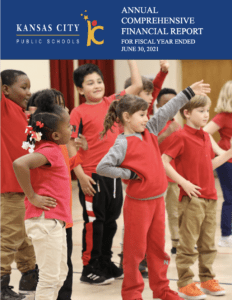
Nonprofit Quarterly: Saving Schools in Kansas City, Missouri: How We Reined in Corporate Subsidies
Kansas City Public Schools Senior Policy Strategist Kathleen Pointer writes about how the community is fighting tax abatements using a powerful tool found in end-of-year spending reports. Slowly, the movement is growing strength, and winning.
“Inequitable economic development practices in Kansas City have been laid especially bare in recent years. Both state and local governments are now required to report information on tax abatements, notably the amount of revenue given up. This information is gathered and reported in accordance with Statement No. 77 of the Governmental Accounting Standards Board (GASB). Good Jobs First, a corporate subsidies watchdog, has worked to track this information.
Tax incentives can be a valuable tool for cities and states to attract and grow businesses and promote redevelopment in distressed neighborhoods. However, without proper controls and oversights, they can also be harmful to communities by reinforcing segregation, causing displacement by gentrification, and diverting potential public revenues away from the schools and communities that need them most.
Indeed, the information provided by mandatory reporting and Good Jobs First and by tools such as the financial disclosure reports mandated by GASB have helped Kansas City Public Schools prove what we already knew to be true—corporate subsidies in Kansas City are costing our kids too much. From 2017 to 2020, the amount abated from schools in Kansas City increased by nearly 60 percent. Last year, the amount abated from schools in the KCPS boundaries was $37 million, which equals 23 percent of current local property tax revenues (about $160 million). Best practice tells us abatements shouldn’t be more than 10 percent of such revenues.
The data reveals a story that’s bigger than just the dollar amounts being diverted away from classrooms. It also tells us whose classrooms are hit the hardest. Per GASB 77 intel obtained from Good Jobs First and city government, we know that KCPS, a high-poverty school district that educates mostly Black and Latinx students, is losing more than a $1,000 per student each year. Two other regional school districts (Grandview and Hickman Mills), both serving mostly students of color, are losing more than $600 per student. Meanwhile, Kansas City’s suburban, mostly white school districts see much lighter impacts, losing between $18 and $400 per student per year.”
Read the full story at Nonprofit Quarterly.